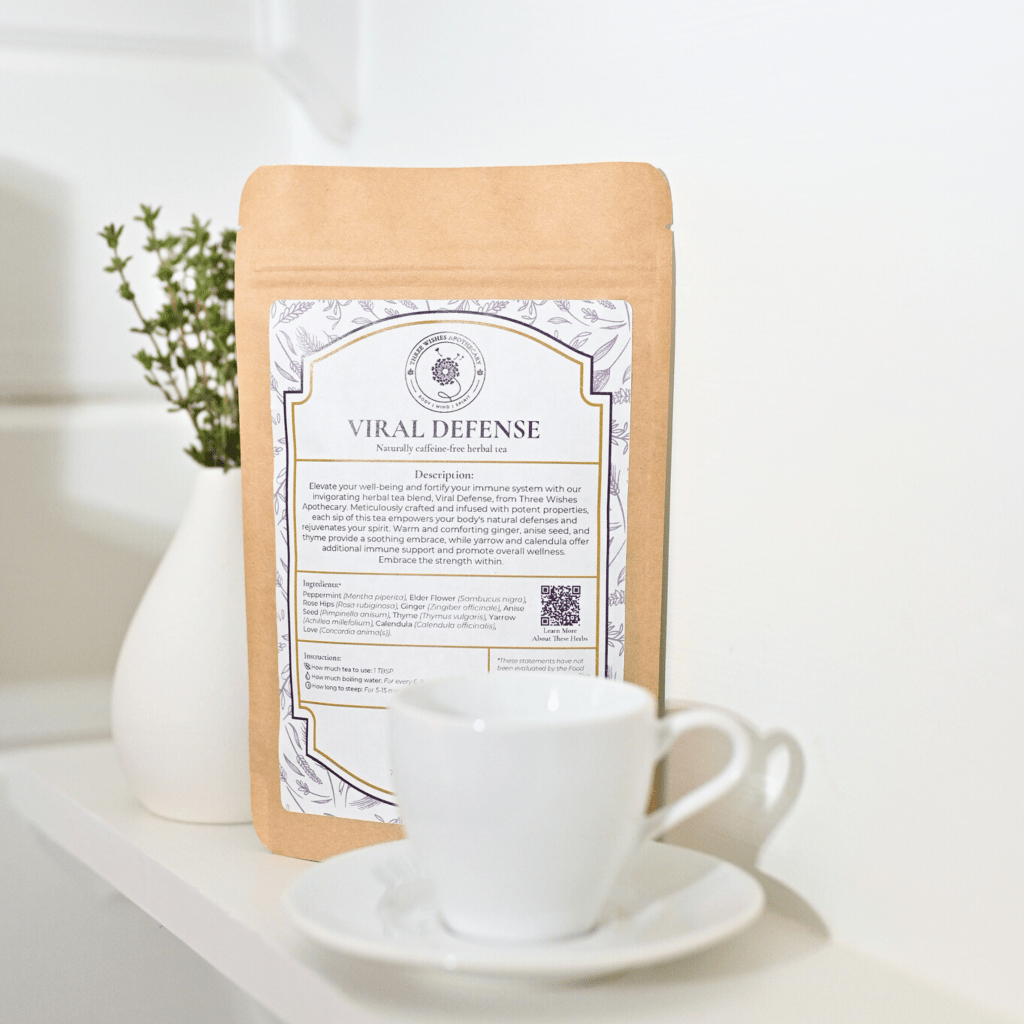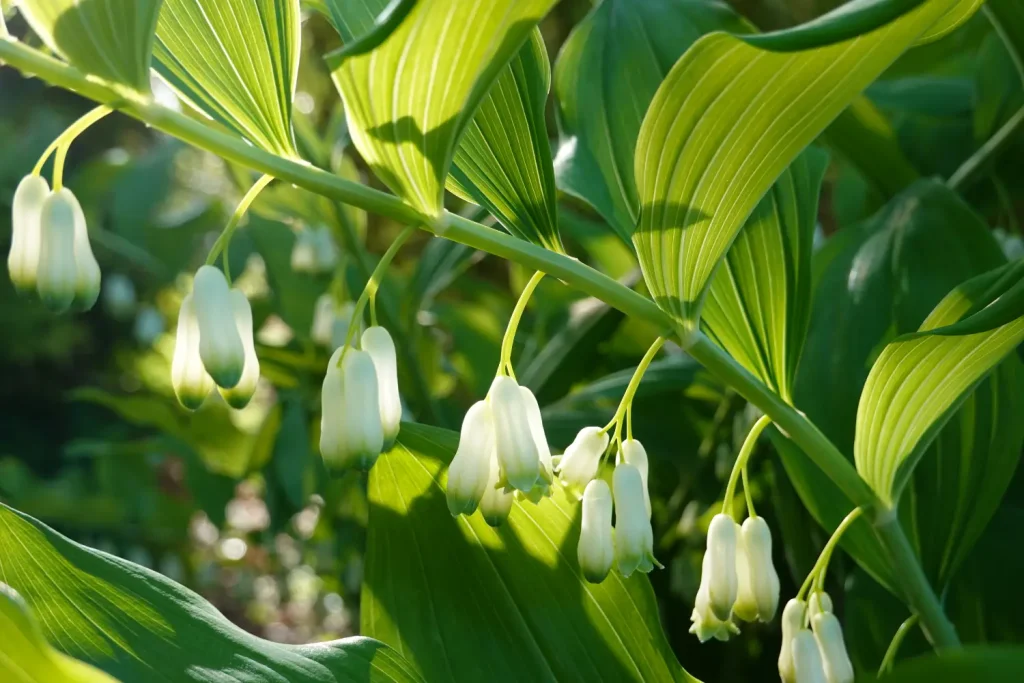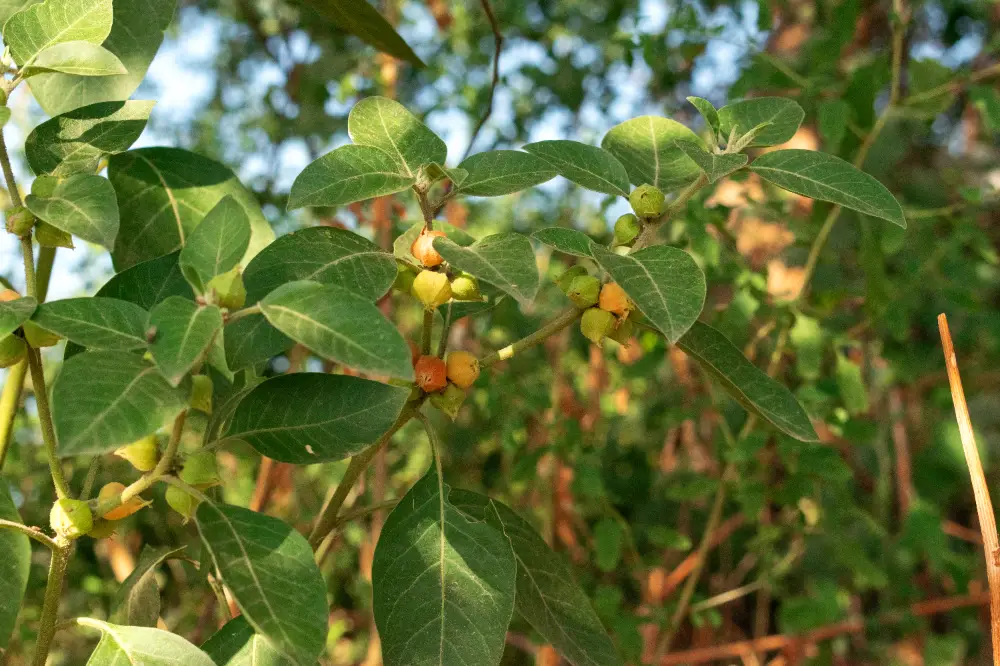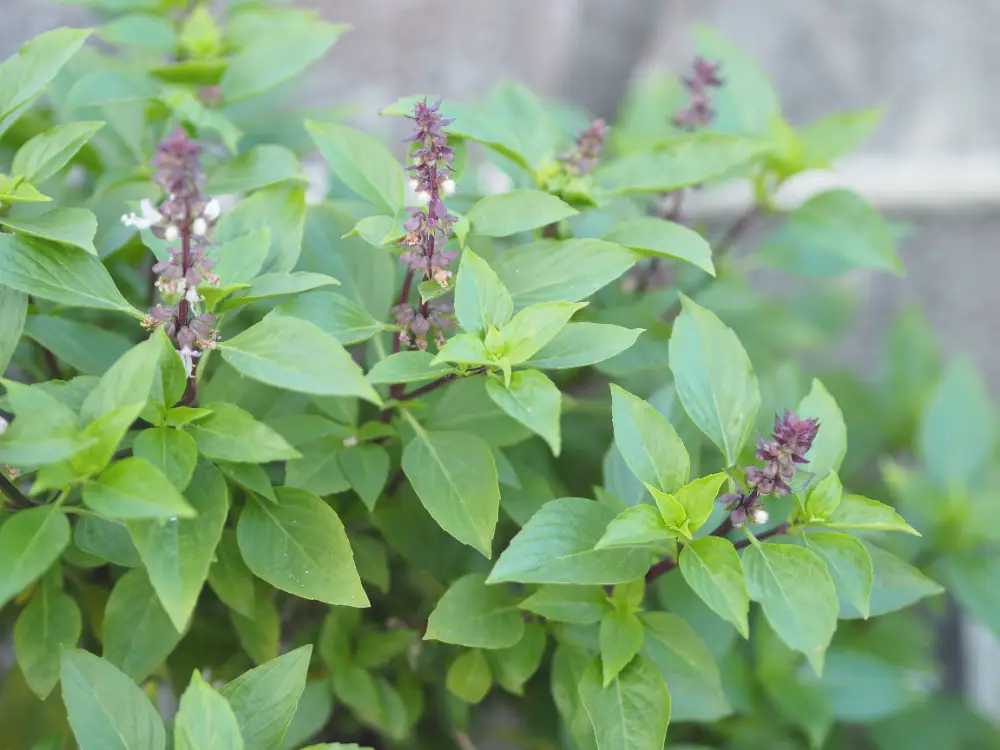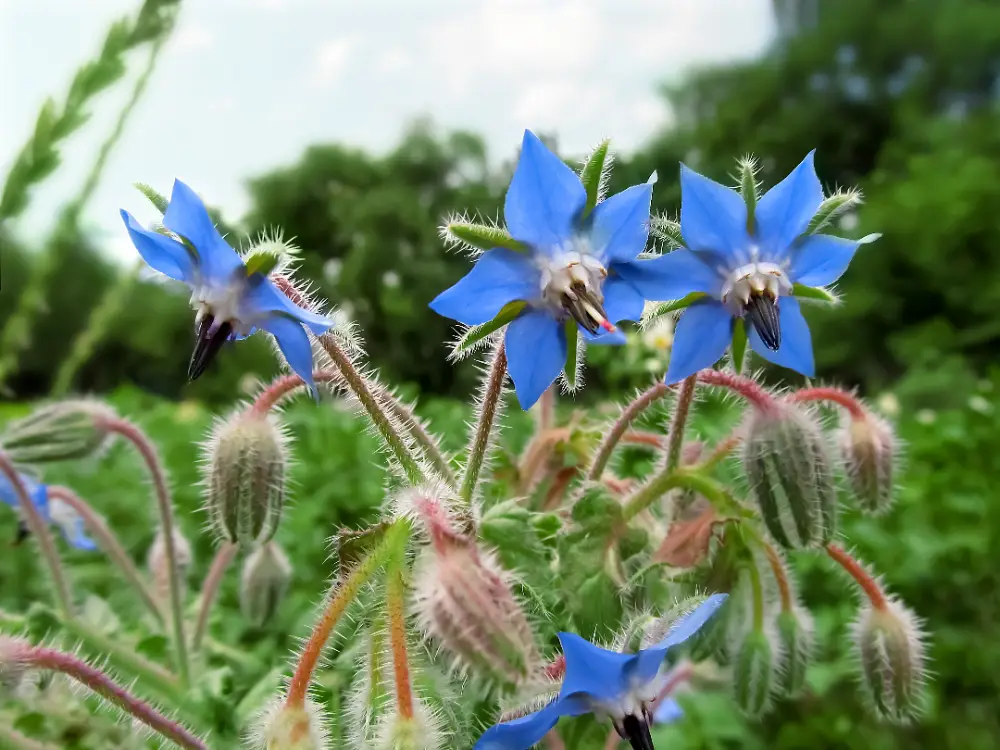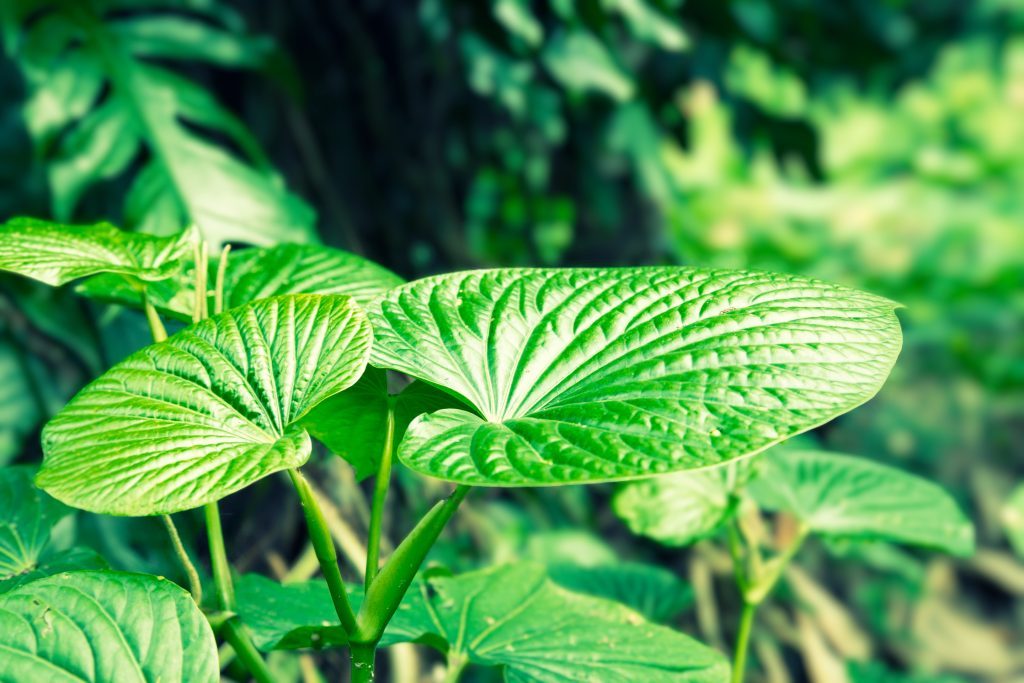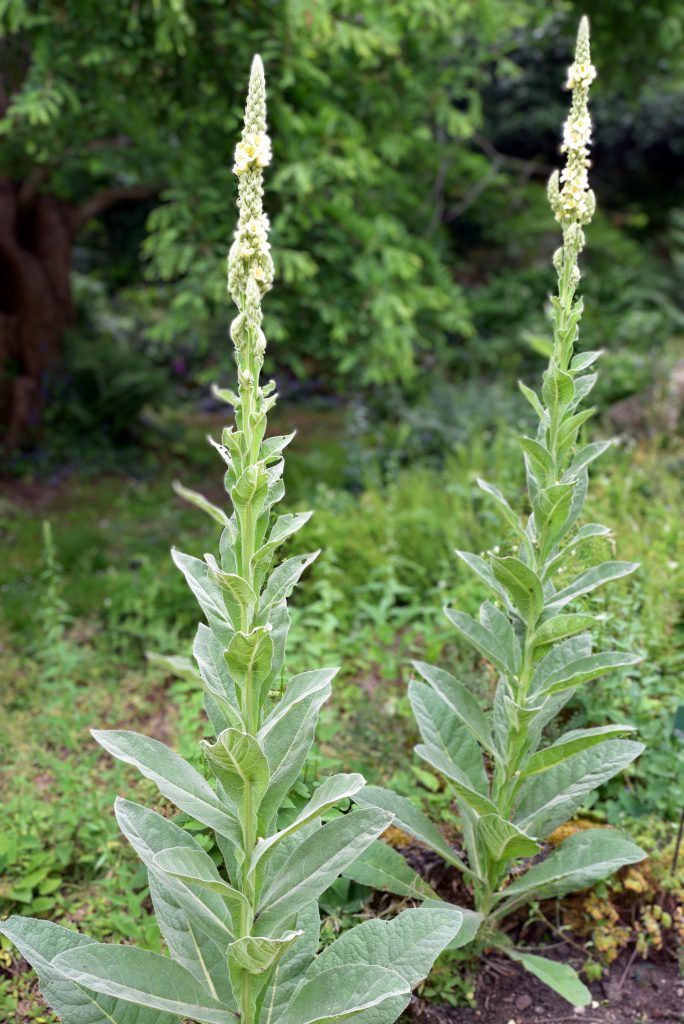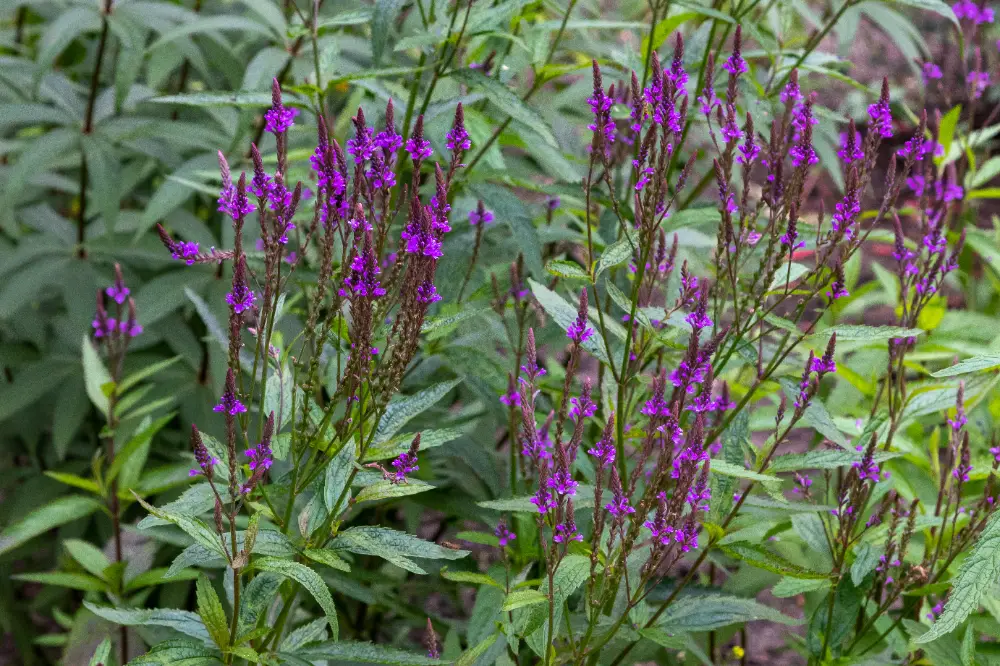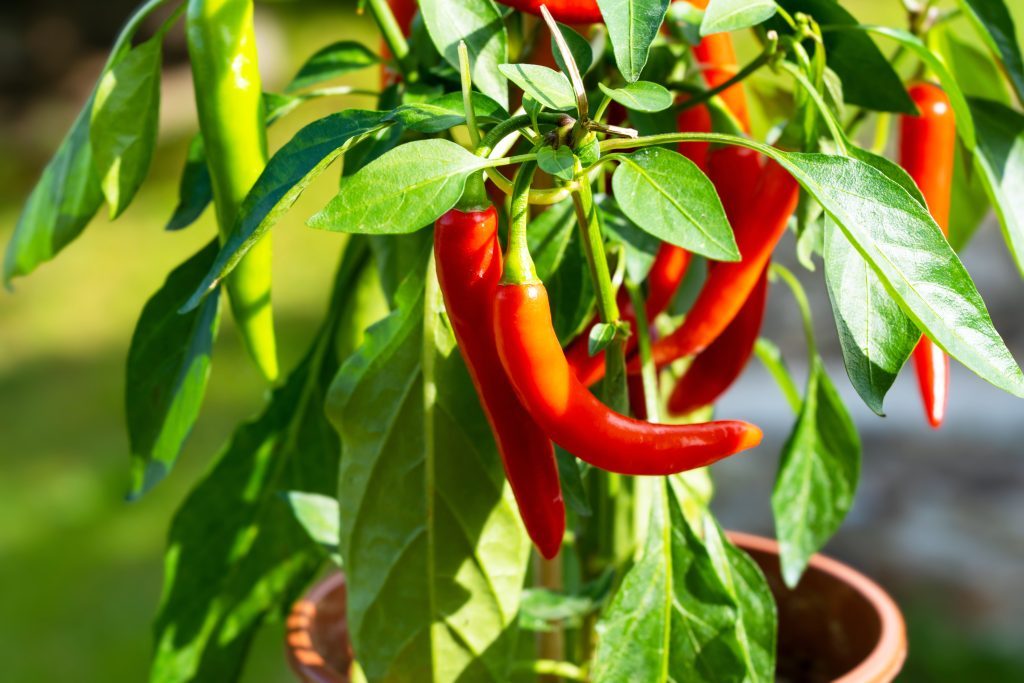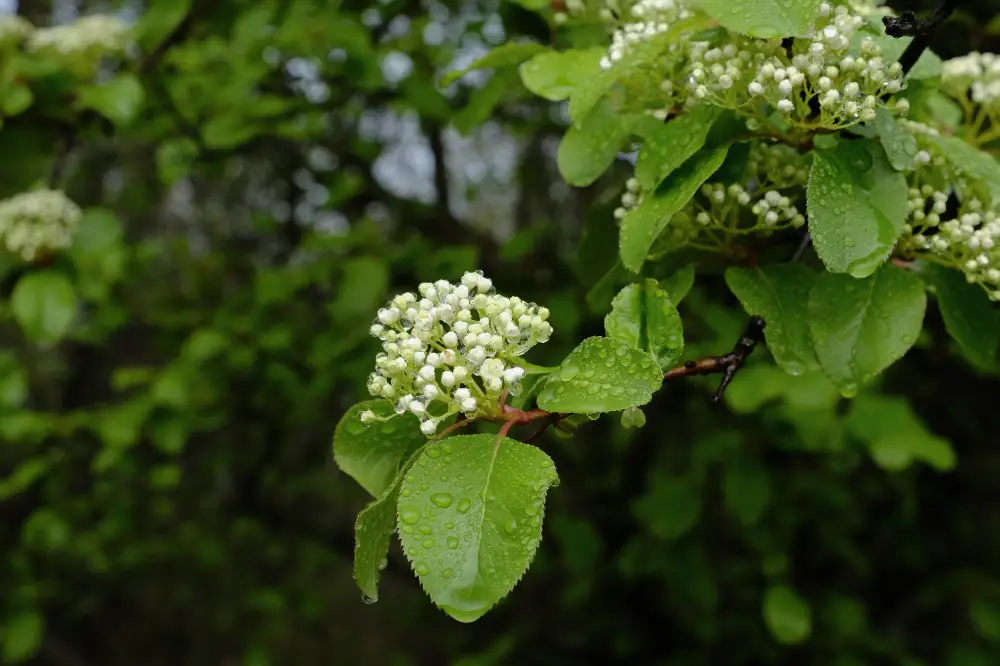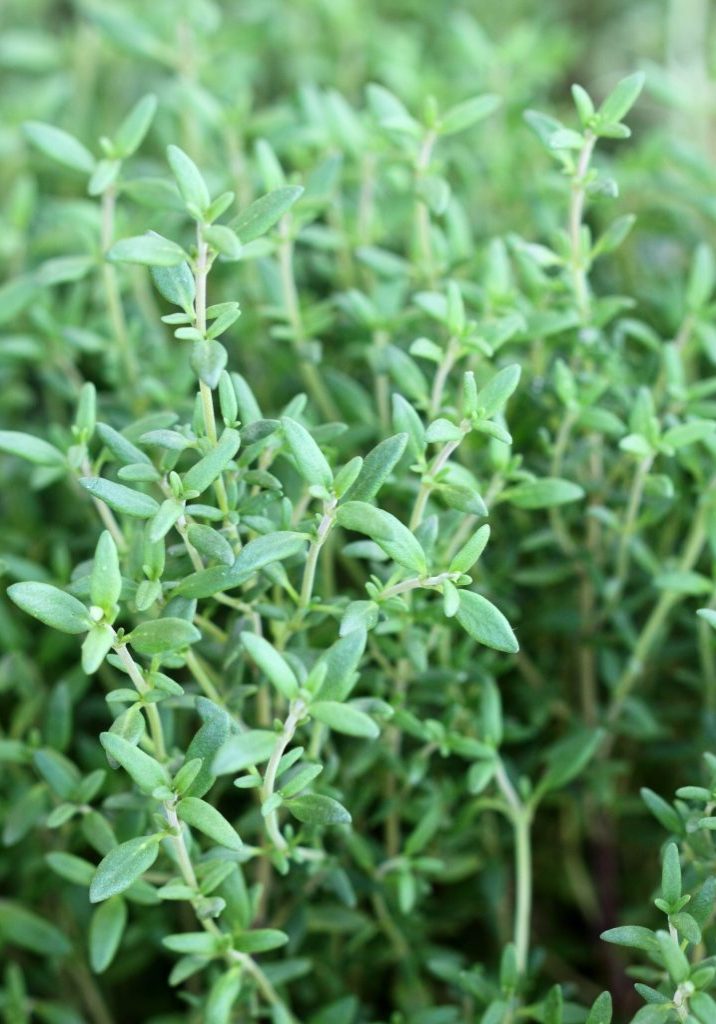
Thyme
Thymus vulgaris
Lamiaceae (Mint family)
A versatile herb as an Immune Support, Respiratory Relief, and Digestive Aid.
Other names:
Common Thyme, Garden Thyme, Wild Thyme
Superpower
Acts as a potent antimicrobial and immune booster. Its essential oils, particularly thymol, make it a powerful ally in fighting infections, soothing respiratory issues, and supporting digestion.
Uses
Historical Uses:
Thyme has been used since ancient times by the Greeks, Egyptians, and Romans for its antiseptic and preservative properties. The Greeks used thyme in baths and burned it as incense in temples, believing it to be a source of courage and invigoration. The Egyptians used thyme in embalming practices, while the Romans employed it to purify rooms and as a remedy for poisoning. In the Middle Ages, it was placed under pillows to ward off nightmares and was commonly used to treat coughs and respiratory issues.
Current Uses:
- Respiratory health: Thyme is widely used today to help ease coughs, congestion, and bronchitis due to its expectorant and antimicrobial properties.
- Antimicrobial: The thymol content in thyme makes it a powerful antibacterial and antifungal herb, often used to treat infections both internally and externally.
- Immune support: Thyme is frequently included in immune-boosting teas and tinctures to help the body fight off colds, flus, and viral infections.
- Digestive aid: Thyme’s carminative properties make it helpful for soothing gas, bloating, and indigestion, while stimulating the digestive process.
- Topical use: Thyme oil is used in skincare for its antibacterial and antifungal effects, making it effective for treating acne, wounds, and fungal infections like athlete’s foot.
Cautions
Toxicity: Thyme is safe when used in normal amounts, but high doses of essential oil can cause nausea, vomiting, or dizziness. Always dilute essential oil before applying it to the skin to avoid irritation.
Contraindications: Avoid using large amounts of thyme during pregnancy (beyond culinary use). Internal use of thyme essential oil should be avoided, and those with hypothyroid conditions, kidney issues, or gastrointestinal inflammation should use caution when using thyme medicinally.
Interactions: None known.
Known Chemical Constituents
Volatile oils: Thymol, carvacrol, p-cymene, linalool, borneol, geraniol, cineol – These contribute to thyme’s antimicrobial, antiviral, and anti-inflammatory properties.
Flavonoids: Apigenin, luteolin – Provide antioxidant and anti-inflammatory effects, supporting immune health and reducing oxidative stress.
Tannins: Contribute to thyme’s astringent qualities, useful for tightening tissues and reducing inflammation.
Rosmarinic acid: A potent antioxidant and anti-inflammatory compound that supports respiratory and digestive health.
Resins & Gums: These provide binding and soothing effects, adding to thyme’s protective and healing properties.
Minerals: Rich in calcium, iron, magnesium, and potassium, thyme provides essential nutrients that support overall health.
Botanical Description
Habitat: Thymus vulgaris is native to the Mediterranean region but has been widely cultivated across Europe, North America, and beyond. It thrives in dry, rocky soils and prefers full sun and warm climates. It is often found growing in herb gardens and along hillsides.
Leaves: The leaves of thyme are small, narrow, and oval, with a gray-green color. They have a strong aromatic scent and are slightly fuzzy in texture.
Stems: The stems are woody, often becoming more rigid as the plant matures. Thyme typically grows in low, bushy clusters and can reach up to 12 inches in height.
Flowers: Thyme produces small, pink or purple flowers in clusters at the tips of the stems, attracting bees and other pollinators.
Roots: The root system is fibrous and helps the plant anchor in rocky or dry soils.
Fun Facts
Did you know that in medieval times, thyme was placed under pillows to prevent nightmares and bring calm during sleep? It was also burned in temples and homes as a symbol of courage and to purify the air. Thyme was even considered an important part of funeral rites, as it was believed to assure safe passage to the afterlife!
Parts Used
Aerial
Harvest
Timing: Harvest thyme just before the plant begins to flower for the most potent essential oil content. This typically occurs in late spring to early summer, but thyme can be harvested throughout the growing season as needed.
Method: Use sharp scissors or pruning shears to cut the aerial parts of the plant (leaves and stems). For the best flavor and medicinal qualities, harvest thyme in the morning after the dew has dried but before the sun becomes too hot.
Storage: Dry thyme by hanging the cut stems in small bundles in a cool, shady, and well-ventilated space. Once fully dried, remove the leaves from the stems and store them in an airtight container in a cool, dark place. Properly stored dried thyme can last up to one year, retaining its medicinal potency and flavor.
Preparations
Teas and Infusions:
- Thyme is often prepared as an herbal tea to help soothe coughs, congestion, and digestive discomfort. Steep the dried leaves in hot water for 10-15 minutes to make a warming, immune-boosting tea.
Tinctures:
- Thyme tinctures are a convenient way to take advantage of its antimicrobial and expectorant properties. A tincture can be taken in small doses during times of cold, flu, or digestive upset.
Poultices:
- Thyme can be made into a poultice using fresh or dried leaves to apply topically for treating wounds, infections, or inflammation.
Essential Oil:
- Thyme essential oil, rich in thymol, is often diluted and applied to the skin for its antibacterial and antifungal effects. It is used in aromatherapy to promote respiratory health and emotional clarity.
Sacred Rituals
Create a purifying ritual by burning dried thyme as an incense to cleanse your space of negative energy and invite positive vibrations. Light a sprig of thyme, allowing the smoke to waft around you, imagining it clearing away stagnant energy and leaving a feeling of renewed strength and clarity.
Affirmations
“I breathe in strength and clarity, embracing the warmth and protection that flows through me.”
Spiritual Associations
Thyme has long been associated with protection, courage, and purification. In ancient times, it was burned as incense to purify spaces and dispel negative energy.
Functions
Anthelmintic refers to a substance or agent that helps expel or destroy parasitic worms (helminths) from the body.
AntimicrobialA substance or agent that inhibits the growth of or destroys microorganisms, including bacteria, viruses, fungi, and protozoa.
AntispasmodicA substance or agent that helps relieve or prevent involuntary muscle spasms, cramps, or contractions in smooth or skeletal muscles.
AstringentA substance or agent that causes contraction or tightening of tissues, often reducing secretions or bleeding.
Carminative
A substance or agent that helps relieve gas, bloating, and discomfort in the digestive system by promoting the expulsion of gas and soothing the digestive tract.
Digestive & Elimination HealthThe overall well-being and optimal functioning of the digestive system, which includes the gastrointestinal tract, liver, pancreas, and other supporting organs. It encompasses the processes of breaking down food, absorbing nutrients, and eliminating waste, as well as maintaining a healthy balance of gut microbiota.
Expectorant (clears mucus)Immune System SupportThe measures or substances that enhance or maintain the proper functioning of the immune system, helping the body defend against infections, pathogens, and diseases.
Respiratory HealthRefers to the optimal functioning of the lungs and airways, enabling efficient breathing and the exchange of oxygen and carbon dioxide.

